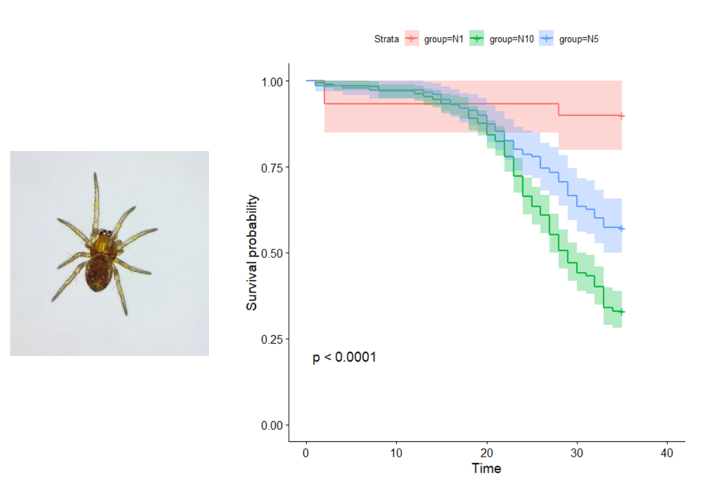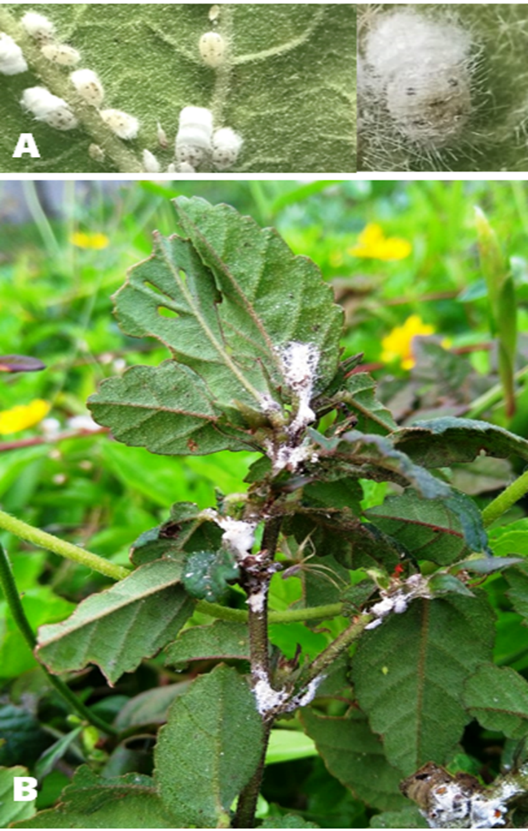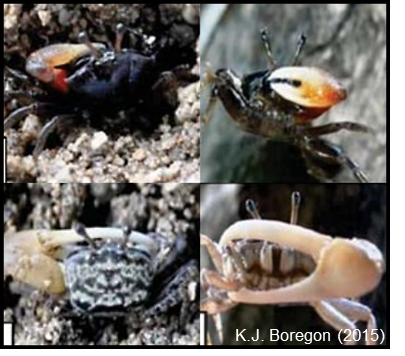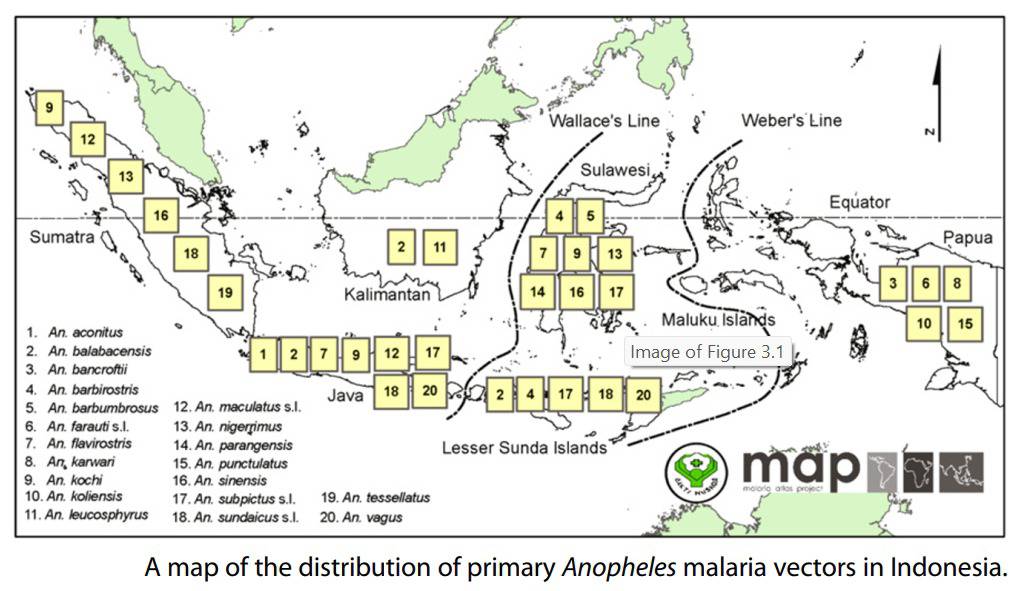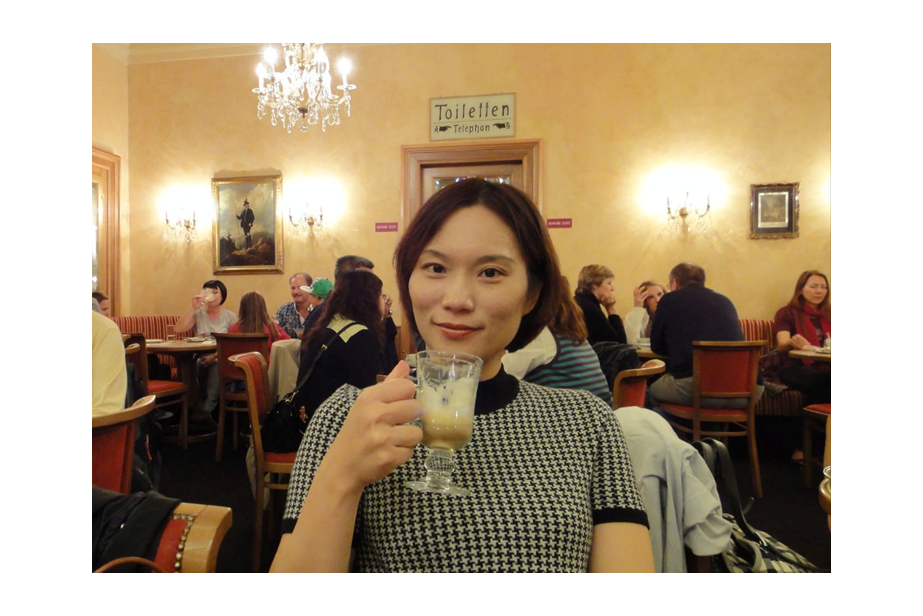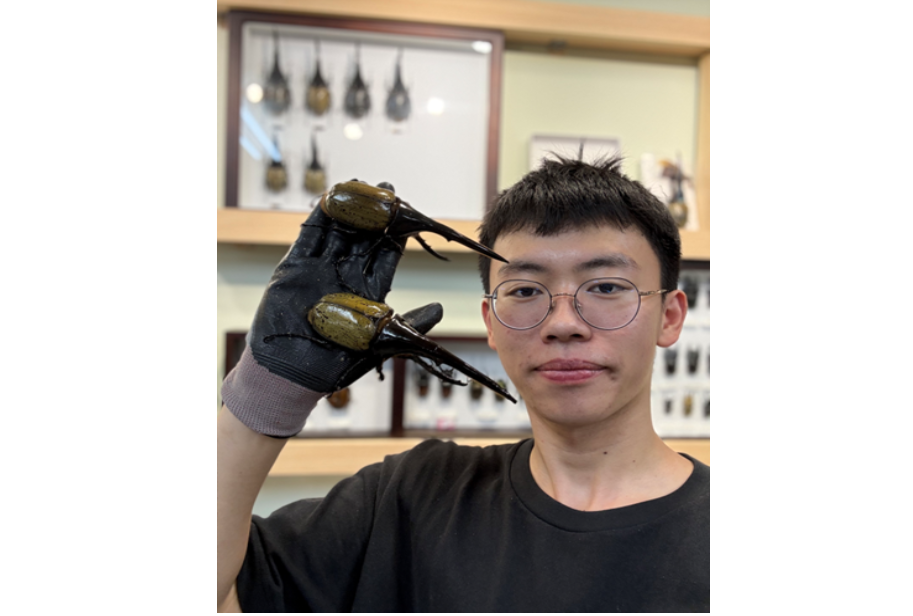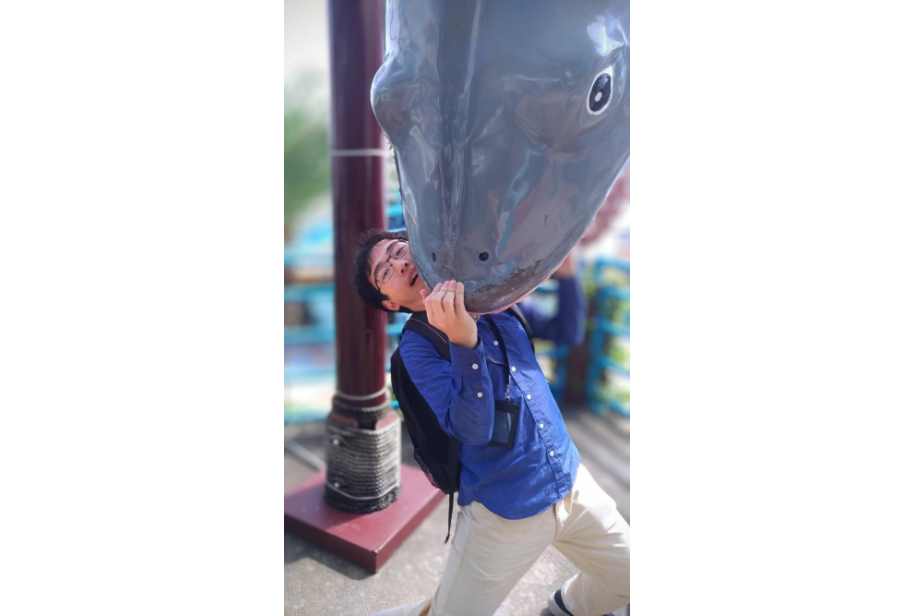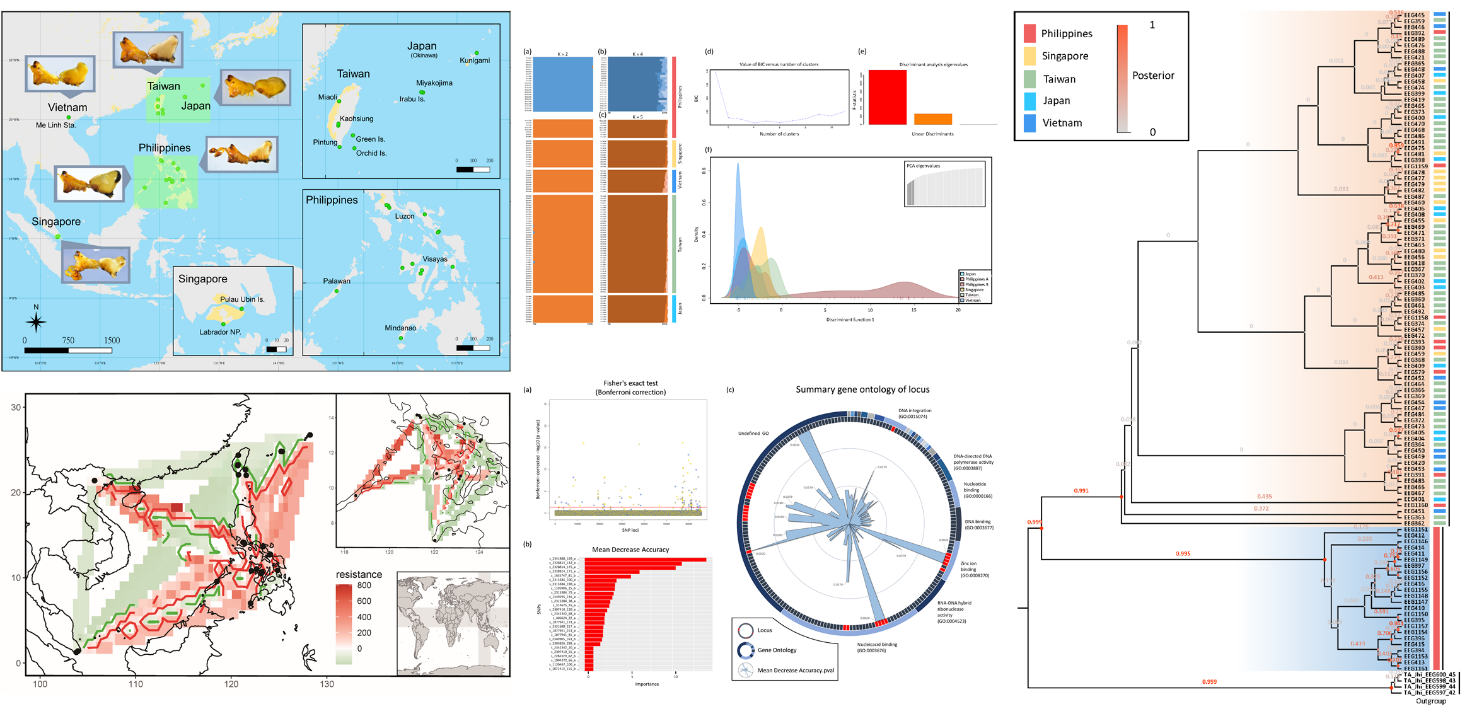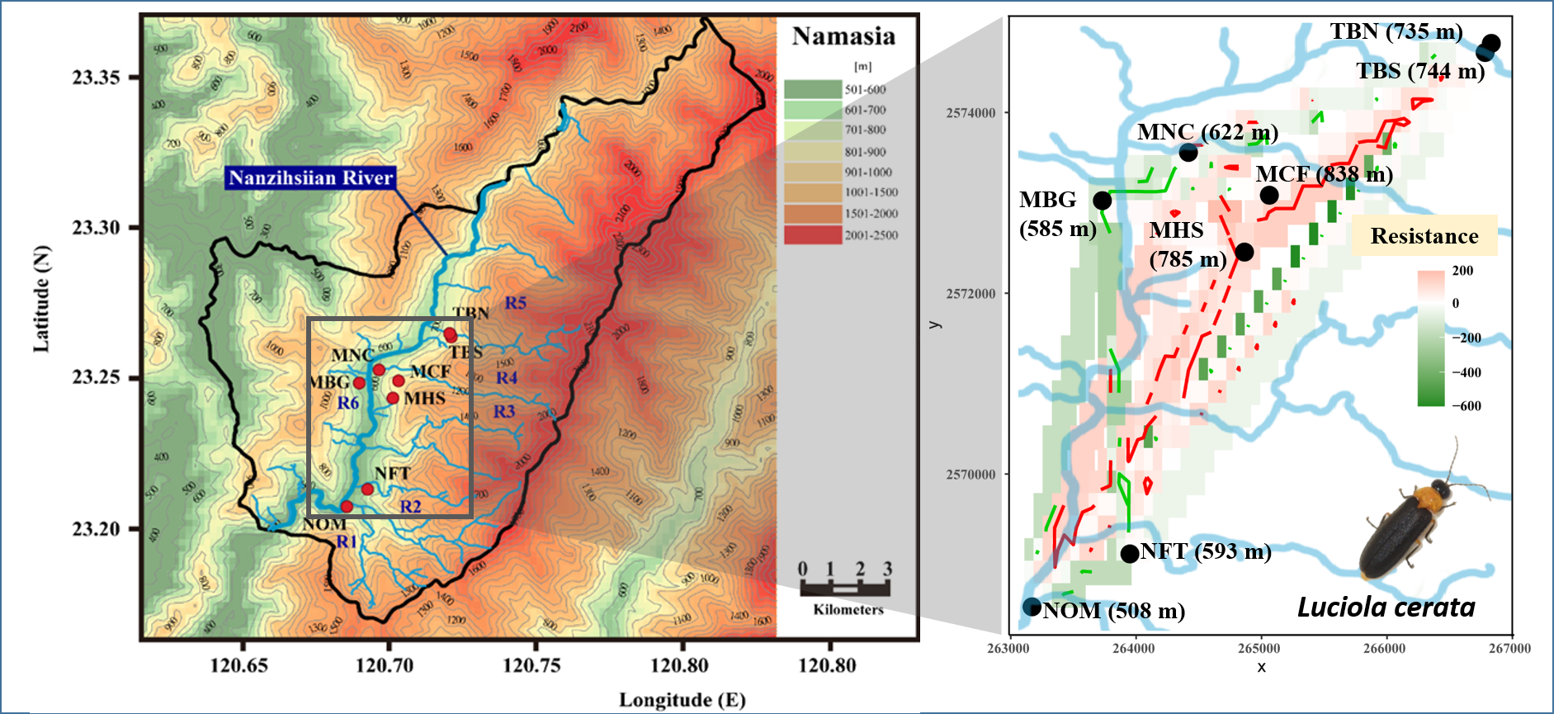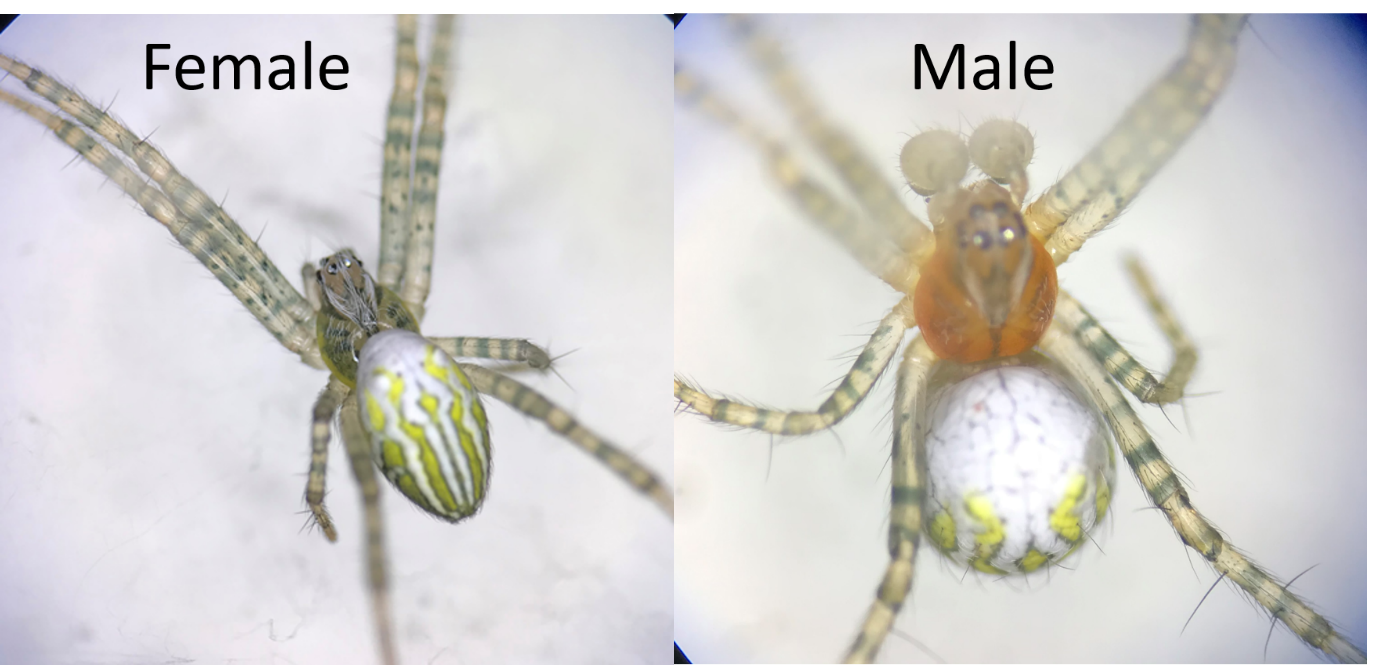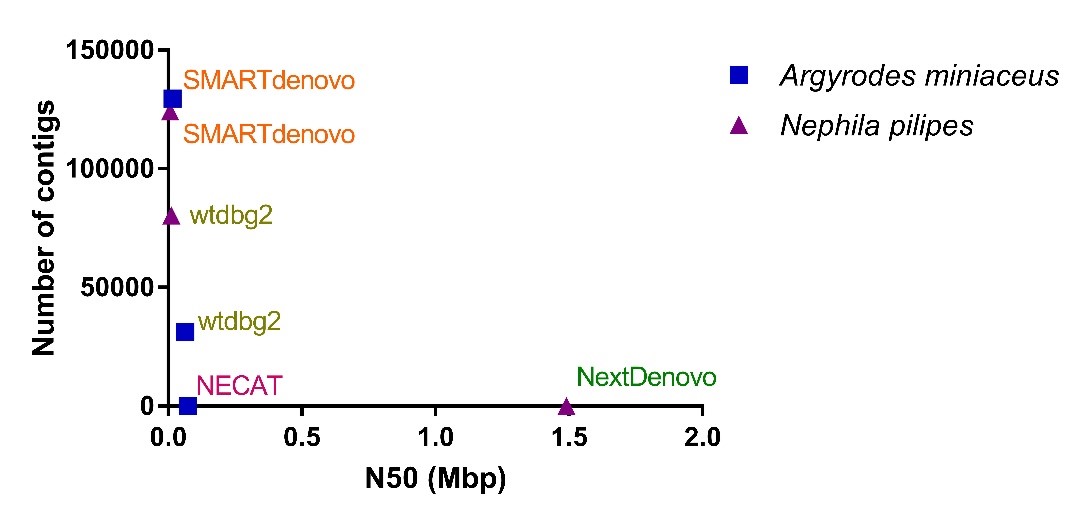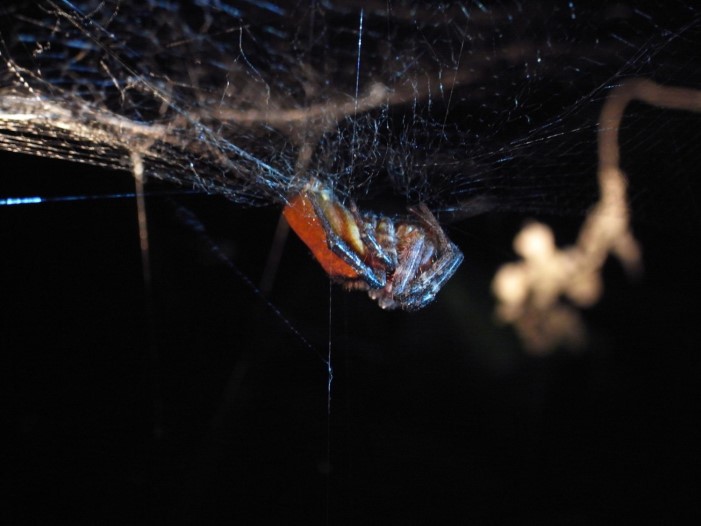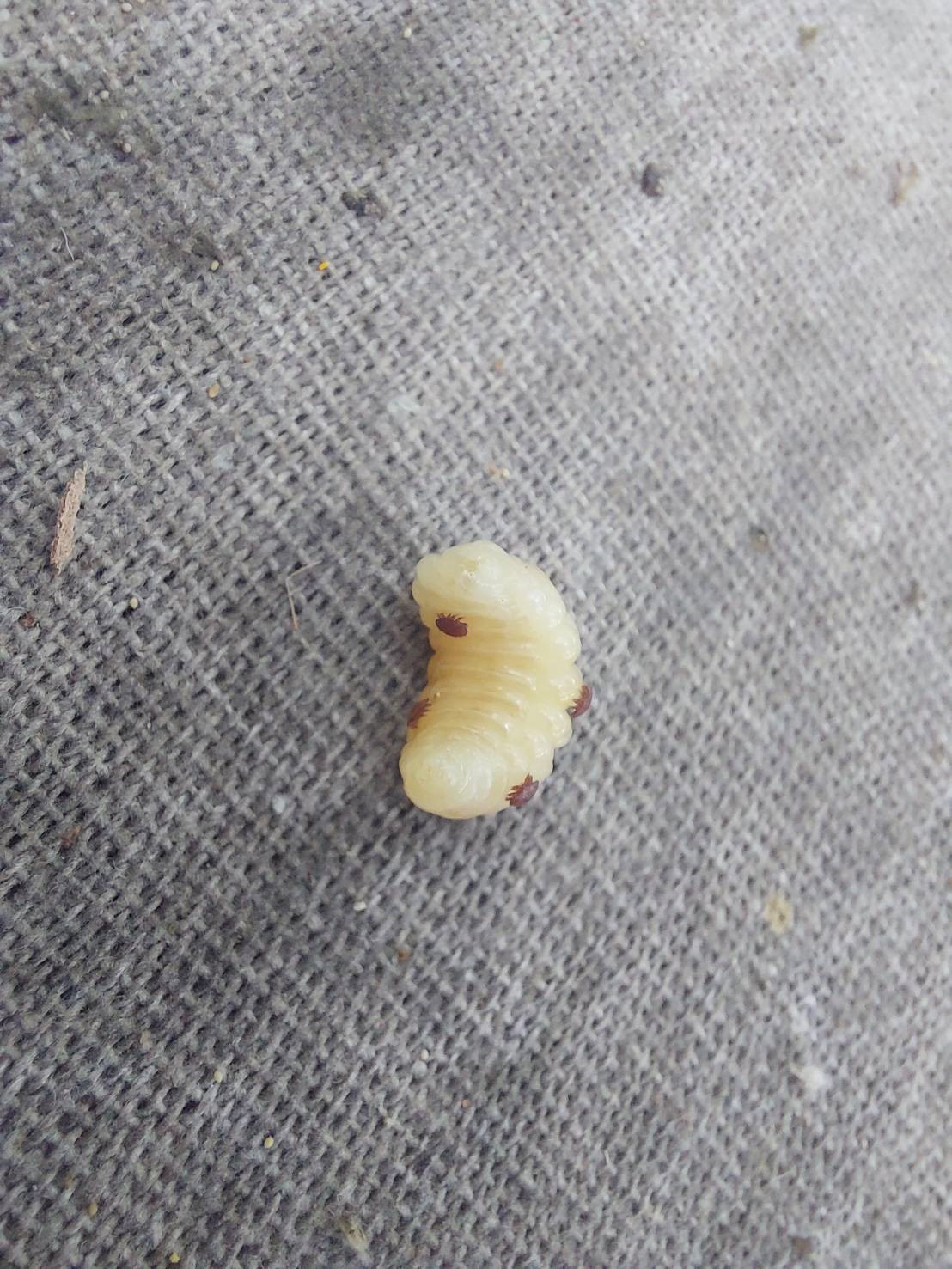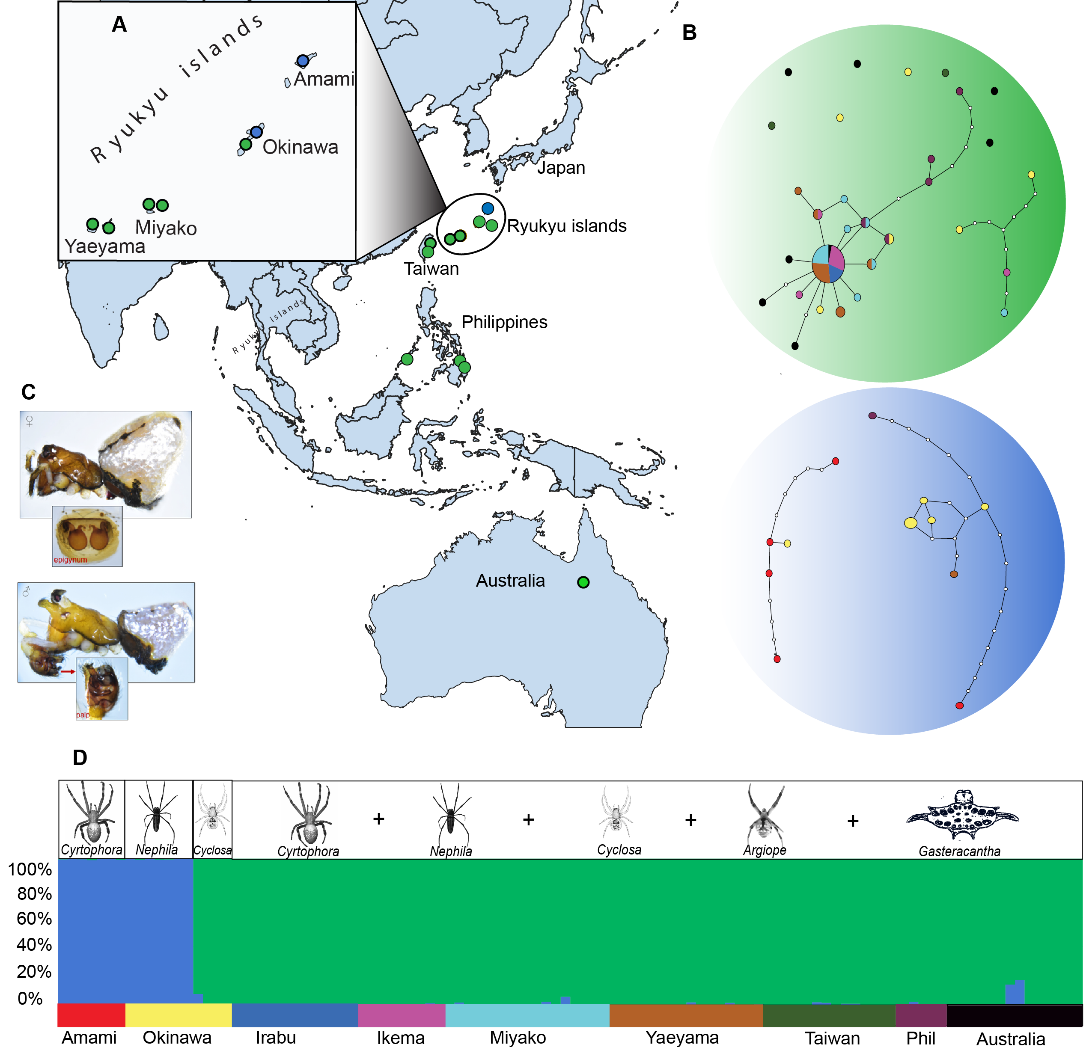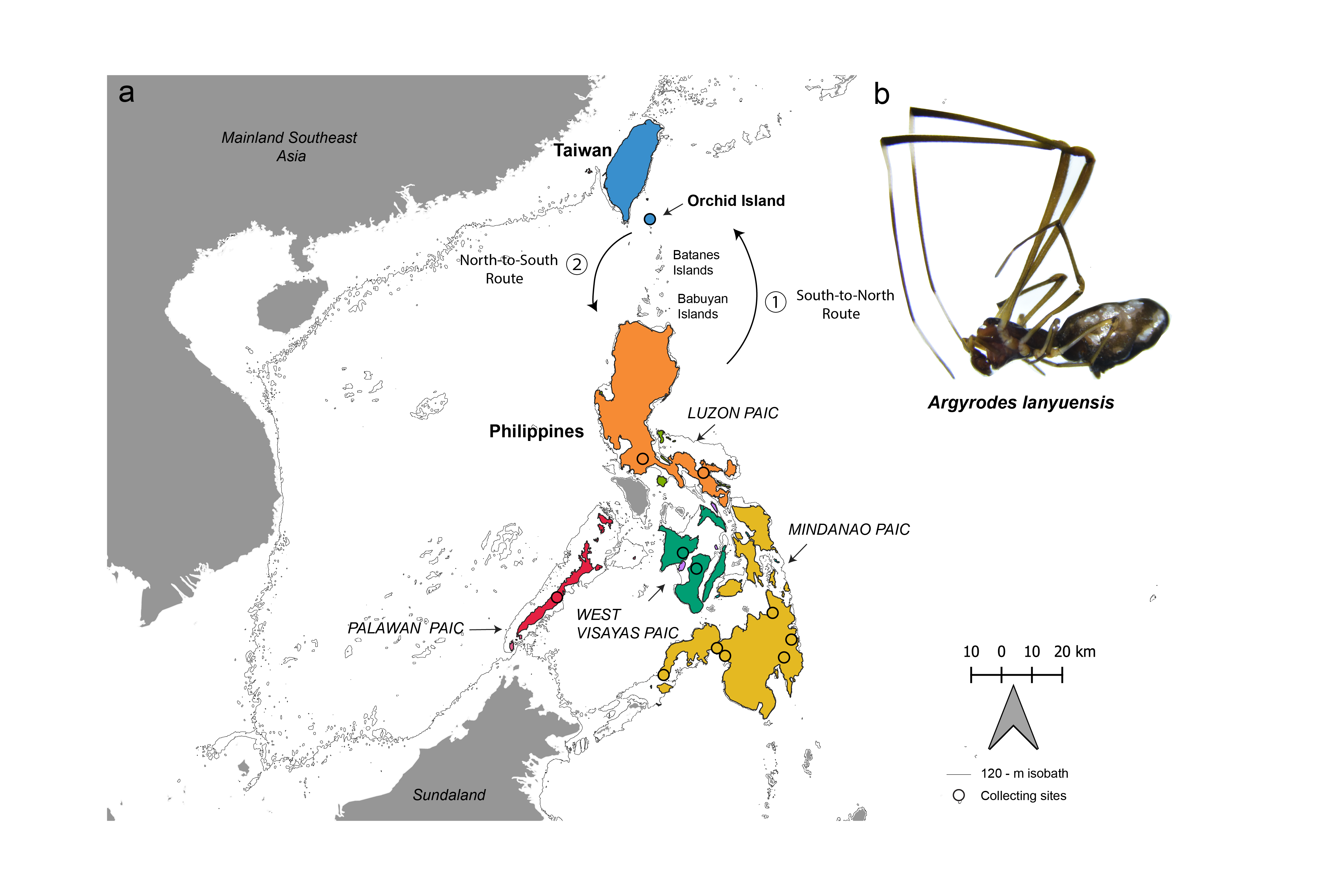Education
- Master, Department of Biomedical Science and Environment Biology, Kaohsiung Medical University, Taiwan
- Bachelor, Department of Biomedical Science and Environment Biology,Kaohsiung Medical University,Taiwan
Mature individuals of orb-weaving spider Nephila pilipes usually live alone. It can be easily found that solitary life is beneficial for mature N. pilipes, compare to social or sub-social living spiders, as they gain more food supply and don’t need to compete with neighbors. Mature female N. pilipes then mate and produce eggs in the egg sac, after few weeks, juveniles were hatched. For juveniles, they initially live in a group, composed of all of their siblings. However, it is still unsure that this group living behaviour is spontaneous for juveniles or not. We wondered if juveniles of N. pilipes live better in groups or on its own. Our experimental individuals were separated into three group, juveniles lived individually, in group of five and ten. Everyday number of lived juveniles were recorded, as well as molting stage. After feeding once a week for a total of 35 days, we analyzed data with R program by using Survival Analysis. The result showed that before about 20 days, all three groups maintained at a high survival probability, while groups of 5 and 10 spiders decreased their survival probability after 20 days. Espically groups of 10 decreased below 50%, close to 33%, showing that most of juveniles didn’t survive till the end of the experiment. Survival probability of group of 5 decreased to about 57.3%. We could find that as the time pass by, it could be speculated that group with more spiders died more. And each of them showed significant difference. We could say from this curve that these spiders seemed to survive more with small numbers of individual, although more reason detail shall be discuss, the result could answer the beginning question that solitary juveniles live better.
